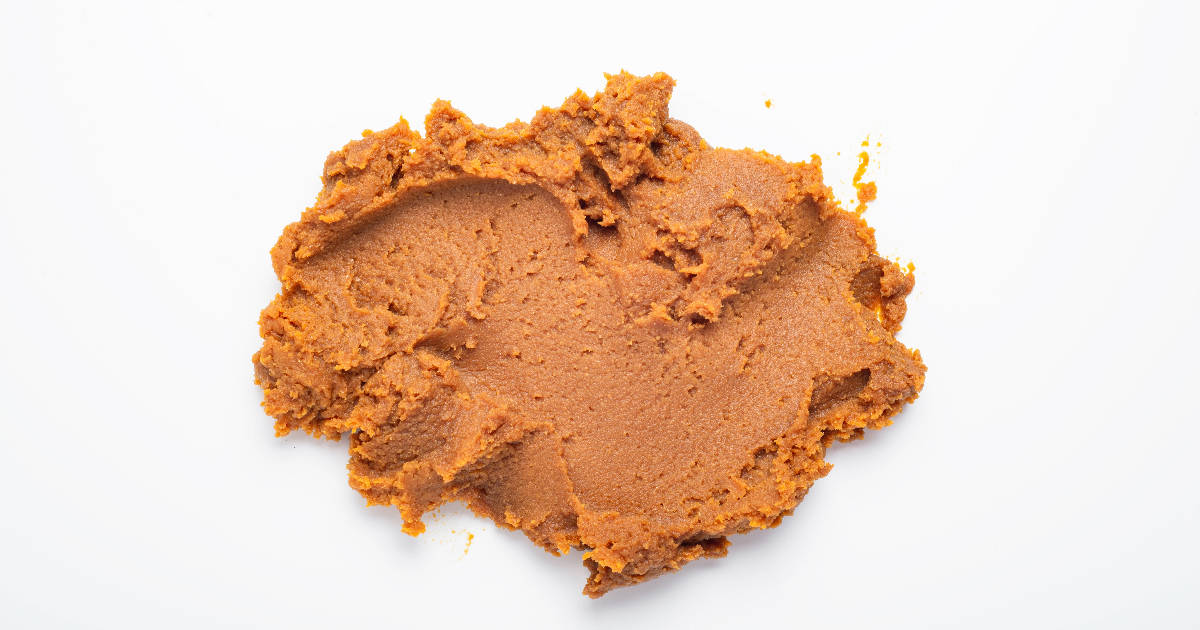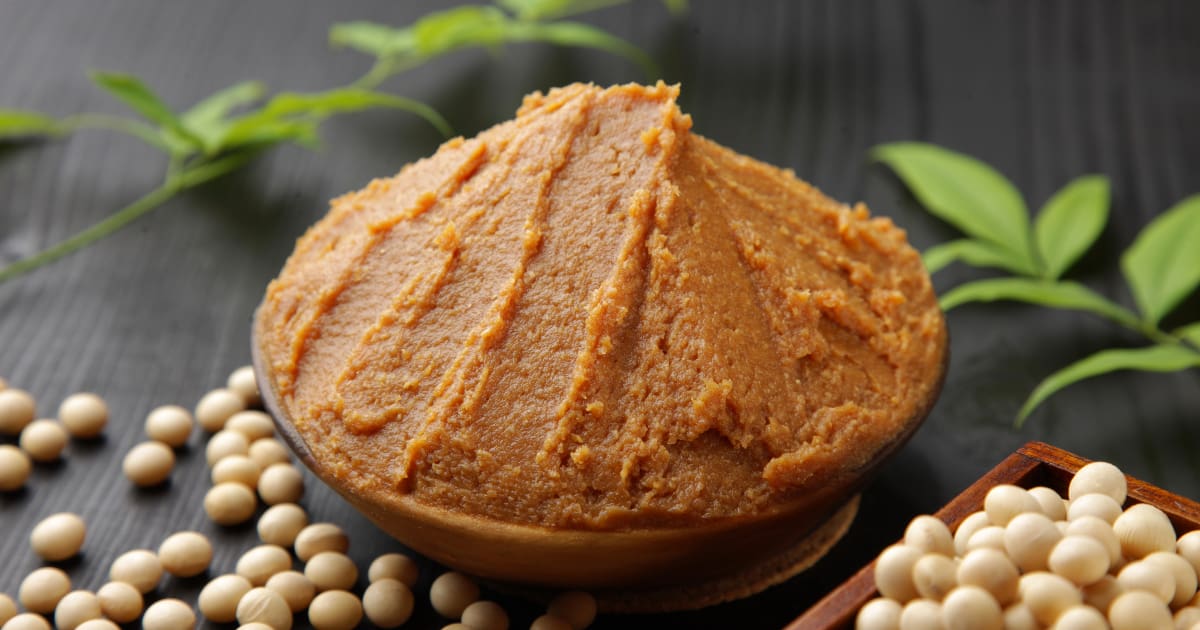Gochujang and miso are two flavorful condiments that add a boost of umami and depth to many Asian dishes.

But what exactly are they, and how are they different?
Let's explore the unique flavors, uses, and origins of gochujang and miso to understand their key distinctions.
What is Gochujang?

Gochujang is a thick, sticky Korean condiment made from fermented soybeans, glutinous rice, red chili peppers, and sometimes sweeteners like rice syrup. Its defining characteristics are its intense red color and bold, complex flavor profile.
Gochujang provides spiciness from the Korean red chili peppers, sweetness from the rice or added sweeteners, and salty umami savoriness from the fermented soybeans. The fermentation process also yields subtle funky and fruity notes. The resulting brick-red paste is extremely versatile in Korean cooking.
What is Miso?

Miso is a creamy, salty condiment common in Japanese cuisine. It's made by fermenting soybeans with salt and koji, which is the fungus Aspergillus oryzae cultivated on rice, barley, or soybeans.
Miso paste can range in color from white to dark brown depending on the soybean to koji ratio and length of fermentation. Its flavor is umami-rich, savory, and salty, with sweetness depending on the koji ingredients. The creamy paste is used to flavor soups, sauces, dressings, marinades, and more in Japanese cooking.
Key Differences Between Gochujang and Miso
While both are fermented soybean pastes used in Asian cooking, gochujang, and miso have several key distinctions:
- Spiciness - Gochujang derives its heat from Korean red chili peppers while miso is not spicy.
- Sweetness - Gochujang contains glutinous rice or other sweeteners like rice syrup for sweet notes. Miso's sweetness depends on the koji but is generally less sweet than gochujang.
- Savoriness - Both provide umami savoriness but miso is richer due to higher soybean content. Gochujang's umami is more balanced with sweetness and spice.
- Texture - Miso is smooth and creamy while gochujang is sticky and thick with a coarser texture.
- Origin - Gochujang is Korean while miso originated in Japan.
- Color - Gochujang is an intense red while miso ranges from white to dark brown.
- Fermentation - Gochujang ferments faster than miso, which can take years to ferment fully.
How to Use Gochujang and Miso
Both pastes punch up flavor when used judiciously in marinades, dipping sauces, dressings, and stews.
Gochujang shines in:
- Spicy marinades for meats
- Punchy dipping sauces and salad dressings
- Stews and soups
- Slaws and veggie dishes
Miso excels in:
- Salad dressings, marinades, and sauces
- Soup broths like miso soup
- Glazes for meat and vegetables
- Mayonnaise and cream-based dips
Start with 1-2 teaspoons at a time when experimenting with gochujang or miso in recipes. You can always add more! For sauces and dressings, thin it out with vinegar, soy sauce, sesame oil, or other liquids.
Origins and Varieties
Gochujang likely originated in Korea, where it has been used for centuries. Hundreds of regional varieties exist, but most contain red chili flakes, glutinous rice, fermented soybeans, and sometimes sweeteners.
Miso originated in China or Japan as early as the 3rd century BCE and spread through East Asia. Japanese miso varieties include white, red, mixed, and specialty regional misos made with alternate grains.
Buying and Storing Gochujang and Miso
Purchase gochujang and miso at Asian grocery stores or online. Refrigerate both pastes after opening. With proper storage, they can last over a year past their expiration dates. Check for signs of spoilage before using expired gochujang or miso.
Frequently Asked Questions
Which is spicier, gochujang or miso?
Gochujang contains red chili peppers and is significantly spicier than miso, which has no spiciness.
Can gochujang and miso be used interchangeably?
Not exactly. While both provide umami flavor, gochujang's spice and sweetness make it suitable for different uses than the richer, saltier miso. Substituting one for the other would yield very different results.
What's the difference between gochujang and sriracha?
While both are spicy condiments, gochujang has a more complex flavor from fermentation and added sweetness. Sriracha is hotter with dominant vinegar and garlic notes.
Is Gochujang healthier than Miso?
Both provide benefits from fermentation. But gochujang has fiber from rice, while miso provides more protein. For health, choose varieties lower in sodium.
Conclusion
Gochujang and miso are two iconic Asian condiments that add unique flavor dimensions like umami, sweetness, and heat to dishes. By understanding their origins, ingredients, uses in cooking, and how to buy and store them, you can discern their key differences. With this guide's tips, you can use both gochujang and miso to create phenomenal flavors in your kitchen.

